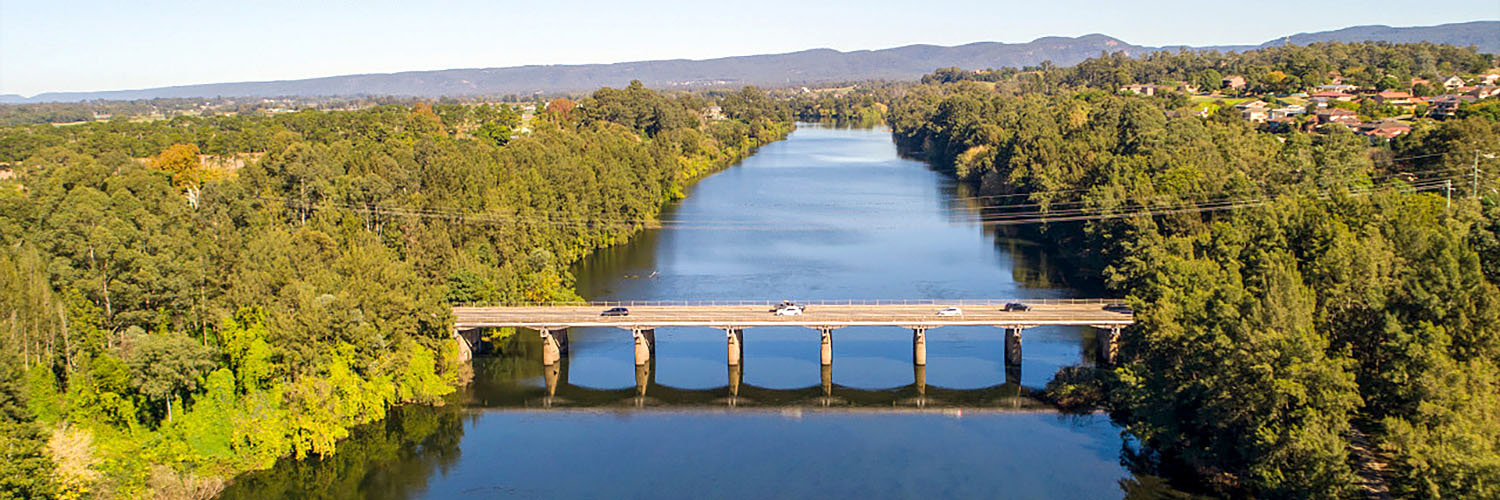Hawkesbury River

Nestled within the heart of New South Wales, Australia, the Hawkesbury River stands as more than just a waterway; it is a cultural icon deeply woven into the fabric of the region’s history and identity. In this exploration, we delve into the multifaceted layers of cultural importance that the Hawkesbury River holds, from its Indigenous heritage to its role in shaping modern-day communities and traditions.
I. Indigenous Heritage: Reverence for the Land and Waters
The cultural significance of the Hawkesbury River traces back thousands of years to the Indigenous peoples who have inhabited its banks since time immemorial. For the Dharug and Darkinjung peoples, the river holds deep spiritual and cultural significance, serving as a source of sustenance, connection, and storytelling. From Dreamtime legends to traditional hunting and gathering practices, the Hawkesbury remains an integral part of Indigenous identity and heritage.
II. European Exploration and Settlement: Foundations of a New Society
With the arrival of European explorers and settlers in the late 18th century, the cultural landscape of the Hawkesbury River underwent profound changes. European colonists established settlements along the riverbanks, bringing with them new customs, languages, and traditions. The Hawkesbury region became a melting pot of cultures, with interactions between Indigenous peoples and European settlers shaping the social, economic, and political dynamics of the area.
III. Agricultural Heritage: Nurturing the Land and Communities
Throughout its history, the Hawkesbury River has been a lifeline for agricultural communities, providing fertile soils and abundant water for farming and cultivation. From orchards and vineyards to dairy farms and market gardens, agriculture has played a central role in shaping the cultural identity and livelihoods of those who call the Hawkesbury region home. The annual Hawkesbury Agricultural Show stands as a testament to this heritage, celebrating the rich agricultural traditions and achievements of the local community.
IV. Maritime Heritage: Navigating the Waters of Trade and Industry
As a navigable waterway connecting inland settlements to coastal ports, the Hawkesbury River has been instrumental in facilitating trade and industry throughout its history. From timber mills and shipyards to oyster leases and fishing fleets, maritime activities have thrived along the riverbanks, shaping the cultural landscape and economy of the region. Today, maritime festivals and regattas pay homage to this heritage, celebrating the enduring connection between the Hawkesbury and its seafaring communities.
V. Recreational Heritage: Preserving Natural Beauty and Outdoor Traditions
In addition to its economic and cultural significance, the Hawkesbury River holds immense recreational value for residents and visitors alike. Boating, fishing, camping, and bushwalking are just a few of the activities enjoyed by those who seek solace and adventure along its shores. National parks and conservation areas such as the Hawkesbury-Nepean River Park provide opportunities for outdoor recreation while preserving the natural beauty and biodiversity of the river ecosystem.
VI. Environmental Heritage: Protecting Sacred Lands and Waterways
In recent decades, there has been a growing recognition of the environmental importance of the Hawkesbury River and the need to protect its sacred lands and waterways for future generations. Its associated main tributary, the Nepean River. Environmental organizations, Indigenous groups, and local communities have joined forces to advocate for the preservation of the river’s natural heritage, including water quality, wildlife habitat, and cultural sites. Through conservation efforts and sustainable land management practices, the cultural significance of the Hawkesbury is being safeguarded for generations to come.
VII. Conclusion: Honoring the Legacy, Embracing the Future
As we reflect on the cultural importance of the Hawkesbury River, we are reminded of its enduring legacy as a symbol of resilience, adaptation, and renewal. From its Indigenous roots to its modern-day role as a cultural and recreational haven, the Hawkesbury continues to inspire awe and reverence in all who encounter its timeless beauty and boundless potential. As stewards of this precious resource, we have a responsibility to honor the legacy of those who have come before us and to ensure that the cultural significance of the Hawkesbury remains a source of inspiration and pride for generations to come.
Know More about the Hawkesbury River.
What are The Religious Places of the Hawkesbury River?
When Did The Hawkesbury River Basin Become a Focus?
Where is The Hawkesbury River Located?
Who Were The Key Historical Figures and Civilizations of The Hawkesbury River?
How to Reach Hawkesbury River?




